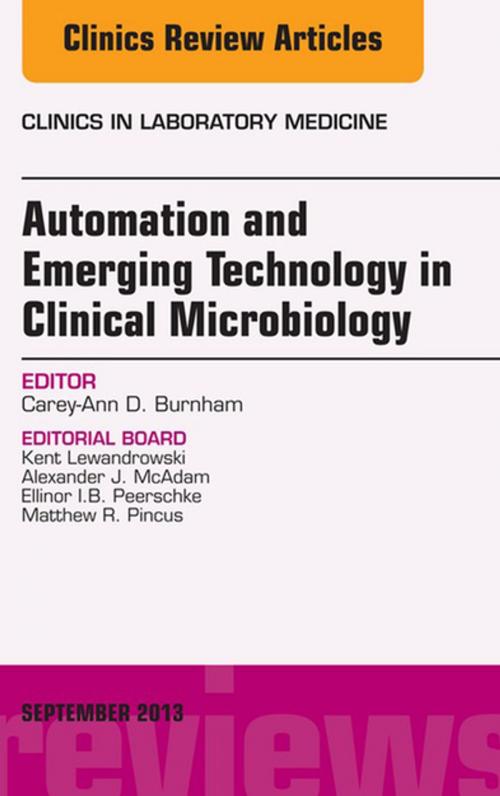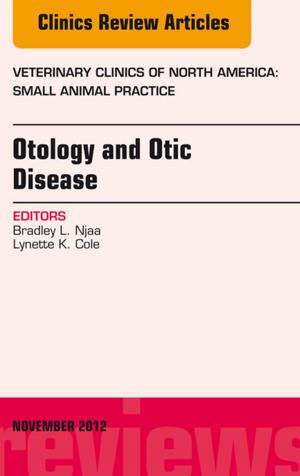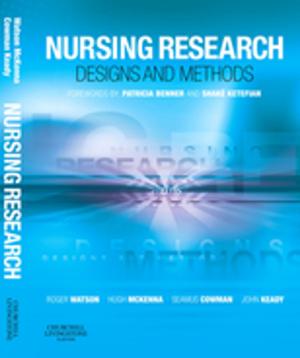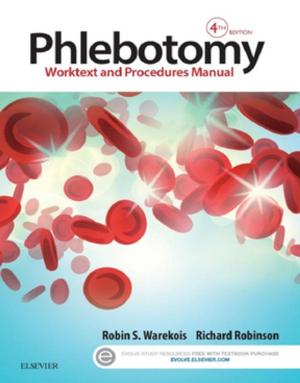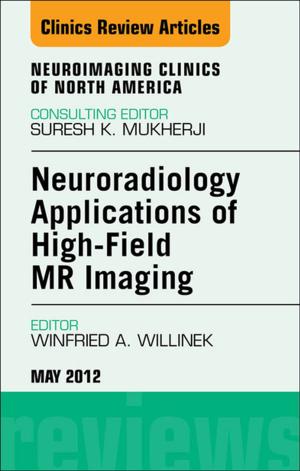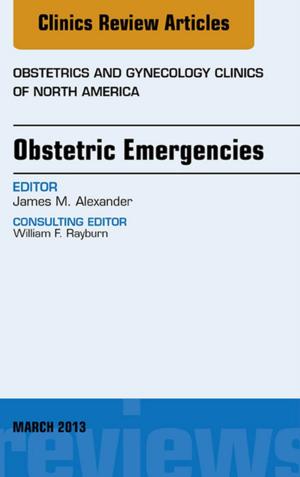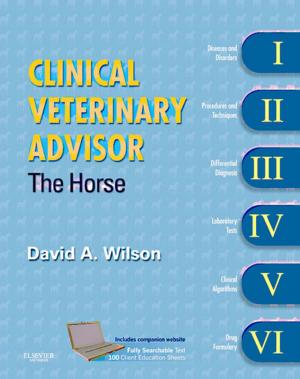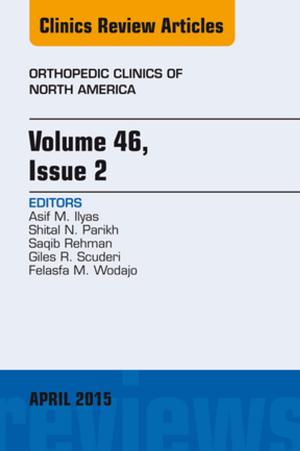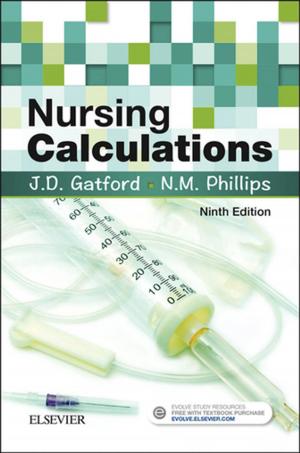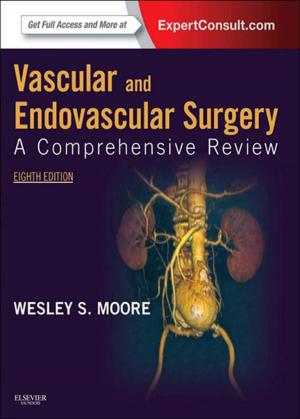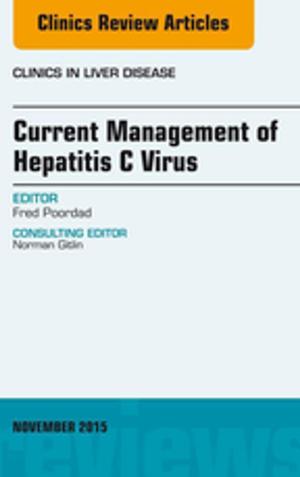Automation and Emerging Technology in Clinical Microbiology, An Issue of Clinics in Laboratory Medicine, E-Book
Nonfiction, Health & Well Being, Medical, Specialties, Pathology, Internal Medicine, General| Author: | Carey-Ann D. Burnham, Ph.D., D(ABMM), F(CCM) | ISBN: | 9780323188616 |
| Publisher: | Elsevier Health Sciences | Publication: | August 14, 2013 |
| Imprint: | Elsevier | Language: | English |
| Author: | Carey-Ann D. Burnham, Ph.D., D(ABMM), F(CCM) |
| ISBN: | 9780323188616 |
| Publisher: | Elsevier Health Sciences |
| Publication: | August 14, 2013 |
| Imprint: | Elsevier |
| Language: | English |
The field of Clinical Microbiology is evolving at a rapid pace, perhaps more so than any other arm of laboratory medicine. This can be attributed to new technology, including high throughput gene sequencing, multiplex molecular assays, rapid evolution of antimicrobial resistance, and discovery of new pathogens. In addition, modern medical procedures, such as solid organ and stem cell transplantation, have resulted in an explosion of infections with agents that historically have been considered to be of low virulence. This issue of Clinics in Laboratory Medicine will highlight some of the advances in diagnostic microbiology, including MALDI-TOF MS, pathogen discovery, and personalized antimicrobial chemotherapy. In addition, one of the papers will focus on implementation of new technologies and how to maximize patient impact of these new methods.
The field of Clinical Microbiology is evolving at a rapid pace, perhaps more so than any other arm of laboratory medicine. This can be attributed to new technology, including high throughput gene sequencing, multiplex molecular assays, rapid evolution of antimicrobial resistance, and discovery of new pathogens. In addition, modern medical procedures, such as solid organ and stem cell transplantation, have resulted in an explosion of infections with agents that historically have been considered to be of low virulence. This issue of Clinics in Laboratory Medicine will highlight some of the advances in diagnostic microbiology, including MALDI-TOF MS, pathogen discovery, and personalized antimicrobial chemotherapy. In addition, one of the papers will focus on implementation of new technologies and how to maximize patient impact of these new methods.
